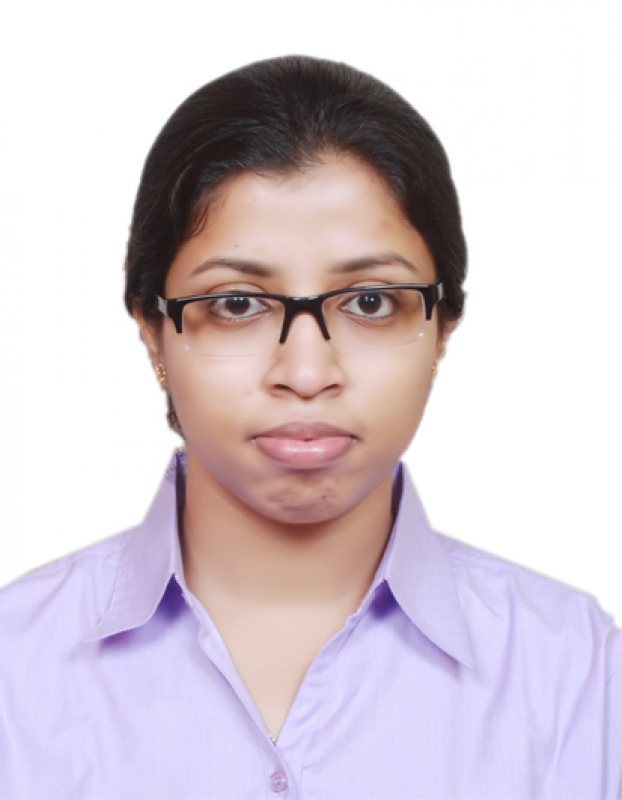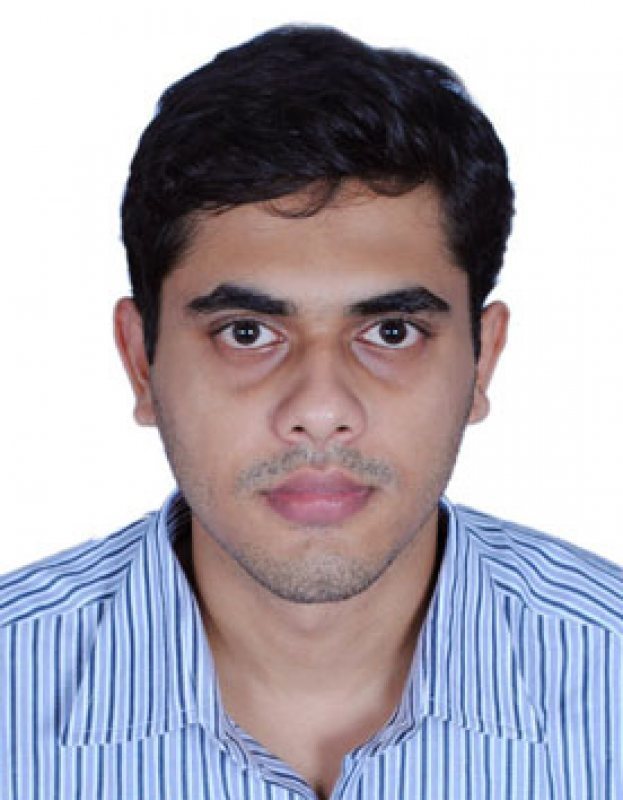Course abstract
Accurately predicting the behaviour of electromagnetic systems is a key element in developing novel applications. Computational electromagnetics is an interesting domain bridging theory and experiment. This course is for people who are interested in deepening their knowledge about modelling electromagnetic systems and who wanted to build a strong foundation in the underlying physics. In this course, in addition to important modelling techniques widely used for electromagnetic applications, we will also introduce algebraic topology based modelling method which is not widely known to engineering community.
Course Instructor

Prof. Dr. Krish Sankaran
Prof. Dr. Krish Sankaran is the Founding Director of Vaasa Energy Business Innovation Centre (VEBIC) at the University of Vaasa, Finland. Earlier he was CEO of Prajalaya, a Swiss-based R&D venture working in the domain terahertz engineering and high energy density storage technologies. He has visiting professorships at the Indian Institute of Technology - IIT Bombay and the Swiss Federal Institute of Technology, ETH Zurich, Switzerland. He has worked in all three sectors - government, civil and private - including the European Commission, World Economic Forum, ABB, Alstom. His past industrial engagements include senior management roles in business development and operations (50-60 Million EUR revenue) with profit and loss responsibilities in 8 countries and 3 continents. During 2011-2014, he was the Head of the Business Sector and Knowledge Partnerships at the World Economic Forum (WEF) and he was also selected as a Global Leadership Fellow. At the WEF, he advised governments on various public policy and governance challenges in energy and infrastructure sectors. He received doctorate degree in engineering science from ETH Zurich, Switzerland and an executive master degree in organizational leadership jointly from the Wharton School, Columbia University, INSEAD, and London Business School in collaboration with the World Economic Forum. He has several years of training in Advaita Vedanta philosophy.
More info
Teaching Assistant(s)
Course Duration : Jul-Oct 2017
View Course
Enrollment : 17-May-2017 to 24-Jul-2017
Exam registration : 30-Aug-2017 to 20-Sep-2017
Exam Date : 22-Oct-2017
Enrolled
2470
Registered
37
Certificate Eligible
30
Certified Category Count
Gold
0
Silver
0
Elite
14
Successfully completed
16
Participation
3
Legend
>=90 - Elite + Gold
60-89 - Elite
40-59 - Successfully Completed
<40 - No Certificate
Final Score Calculation Logic
- Assignment Score = Average of best 8 out of 12 assignments.
- Final Score(Score on Certificate)= 75% of Exam Score includes(50% exam score+25% of timed simulation assignments) + 25% of Assignment Score.
Enrollment Statistics
Total Enrollment: 2470
Assignment Statistics
Feedback Videos
Exam score
Final score







.jpg)
.jpg)
.jpg)

